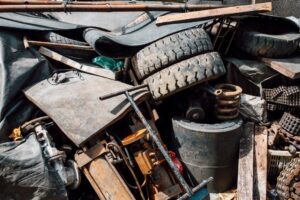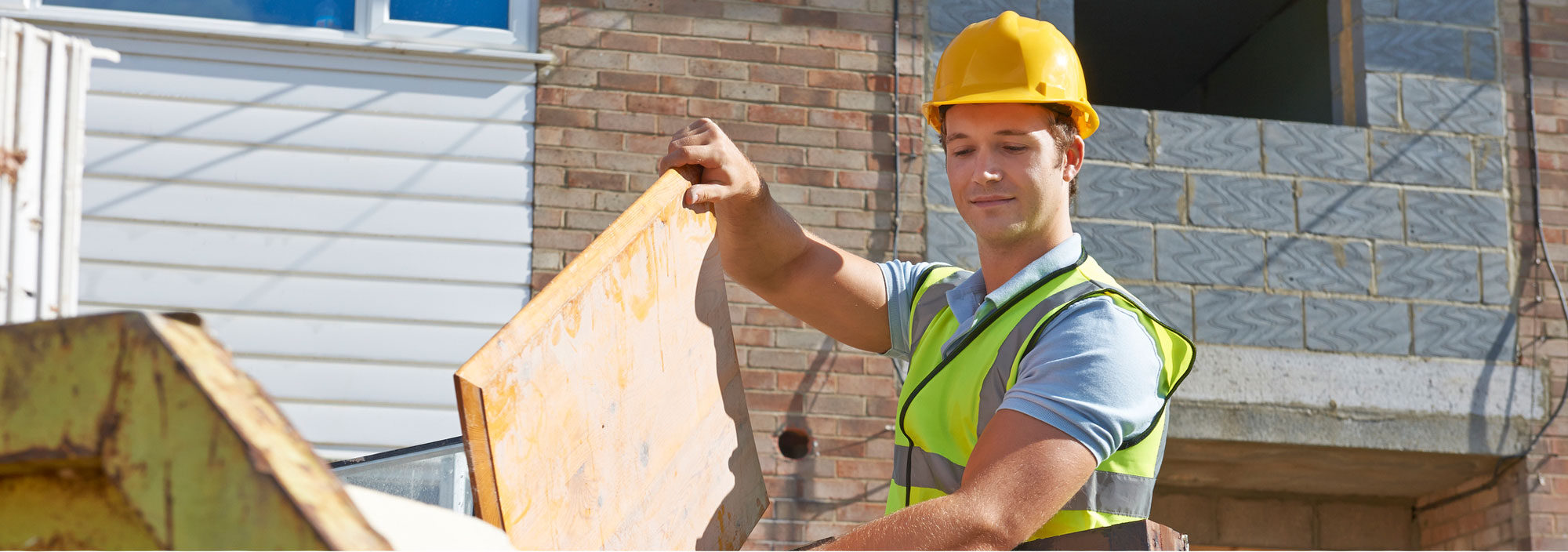Managing Flood-Damaged Junk the Right Way

Dealing with the aftermath of a flood can be overwhelming. One of the biggest challenges we face is managing the damaged items left behind. Not only does floodwater ruin furniture, electronics, and personal belongings, but it can also bring in hazardous materials. Knowing how to handle and dispose of these flood-damaged items properly is crucial for our safety and the well-being of our environment.
Planning and Preparing for Removal
Proper planning and preparation are key to making furniture and appliance removal as smooth as possible. Start by assessing the items that need to be removed. Take note of their size, weight, and condition. Knowing this in advance will help us determine the best approach for moving them and whether any special equipment is needed.
Next, gather the tools necessary for the job. Basic items include dollies, furniture sliders, moving straps, and sturdy gloves. These tools make it easier to lift and transport heavy pieces without injuring ourselves. It’s also helpful to have blankets or padding to protect walls and floors from scratches and dents during the moving process.
Finally, clear a path for removal. Ensure that hallways, stairways, and doorways are free of obstacles. Measure the furniture and appliances to make sure they can fit through the exits without trouble. By planning ahead and preparing properly, we can avoid common pitfalls and ensure a smooth removal process.
Safe and Efficient Removal Techniques
Using safe and efficient techniques is crucial when removing old furniture and appliances. To start, always lift with our legs, not our back. This prevents injuries and makes it easier to manage heavy items. When lifting, bend our knees and keep our back straight.
For especially heavy or awkward items, consider using moving straps or a dolly. Moving straps can help distribute the weight evenly, making it easier to lift large furniture. A dolly is great for transporting bulky items over longer distances, reducing the strain on our bodies.
If we have to navigate stairs, it’s best to have an extra pair of hands. Work together as a team, communicating clearly to avoid accidents. Take it slow and make sure each step is secure before moving to the next.
When sliding furniture across the floor, use furniture sliders or old blankets to protect the surface and make the job easier. Place the sliders or blankets under the legs of the furniture and push gently. This reduces friction and prevents damage to the floors.
By following these safe and efficient methods, we can remove old furniture and appliances with minimal risk and effort, making the entire process much more manageable.
Where to Take Old Furniture and Appliances
Finding the right place to take old furniture and appliances is essential to ensure they are disposed of properly. Here are some options for where to take these items:
- Donation Centres: Many charitable organizations accept gently used furniture and appliances. They often have drop-off locations or even offer pick-up services. Donating is a great way to help those in need while keeping items out of landfills.
- Recycling Facilities: Not all furniture and appliances can be donated. For those that can’t, recycling is a good option. Many recycling centres accept items like metal bed frames, wooden furniture, and certain appliances. Check with your local centre to see what they accept.
- Municipal Waste Services: Some cities offer bulk waste pick-up services for larger items. There may be specific days or guidelines for when and how to leave items out for collection. Contact your municipality to learn about their policies.
- Retailer Take-Back Programs: Some retailers offer take-back programs where they will remove and recycle your old furniture or appliances when you purchase new ones. This can be a convenient option if you’re replacing items.
Choosing one of these options ensures that old furniture and appliances are disposed of responsibly and do not end up in landfills unnecessarily.
Eco-Friendly Disposal Options
Eco-friendly disposal options help us minimize our environmental impact. Here are some methods to dispose of furniture and appliances in a green way:
- Upcycling: Upcycling involves converting old items into something new and useful. For example, an old door can be turned into a table, or a broken dresser can become a set of shelves. Upcycling is a creative way to give new life to unwanted items.
- Freecycling: Freecycling is giving away items to others who need them, for free. Websites and local community groups allow people to post items they want to give away. This keeps items in use and reduces waste.
- E-Waste Recycling: For appliances that contain electronic components, like refrigerators or washing machines, it’s important to dispose of them as e-waste. Special e-waste recycling programs ensure these items are processed safely, recovering valuable materials and preventing harmful substances from entering the environment.
- Composting: Wooden furniture that is not treated with chemicals can be broken down and added to a compost heap. This turns old wood into nutrient-rich soil, beneficial for gardens and landscapes.
By considering these eco-friendly disposal options, we can reduce waste and support sustainability efforts. It’s important that we think about the planet when getting rid of old furniture and appliances.
Conclusion
Properly removing and disposing of old furniture and appliances is important for safety, efficiency, and environmental sustainability. By planning and preparing for removal, using safe techniques, and considering where to take these items, we can make the process smooth and responsible. Additionally, exploring eco-friendly disposal options ensures we do our part to protect the planet.
Need help with furniture and appliance removal? Contact Dr. Waste to make the process easy and environmentally friendly.

